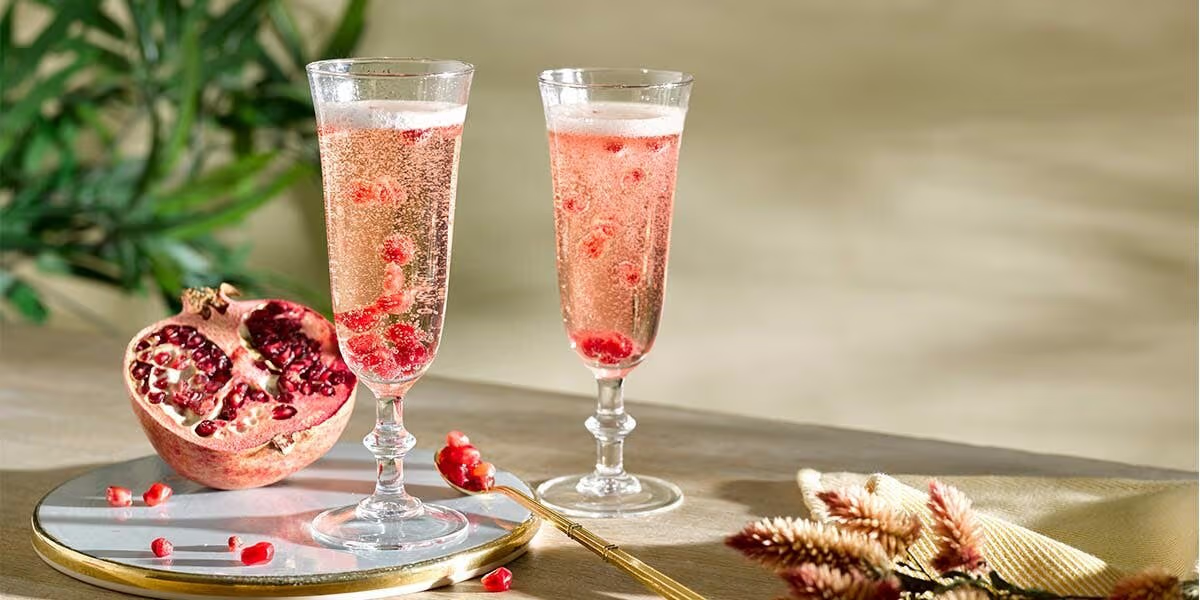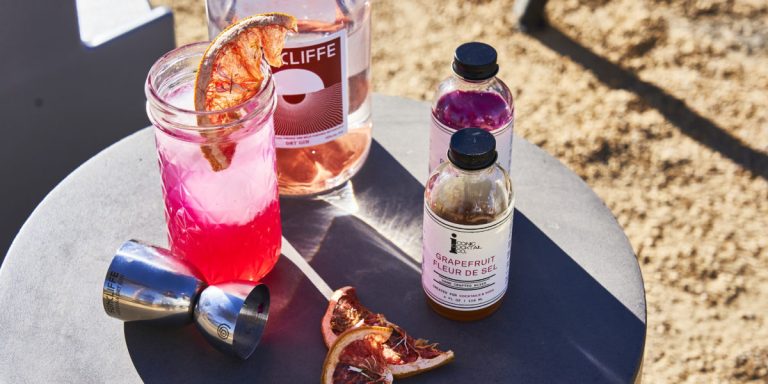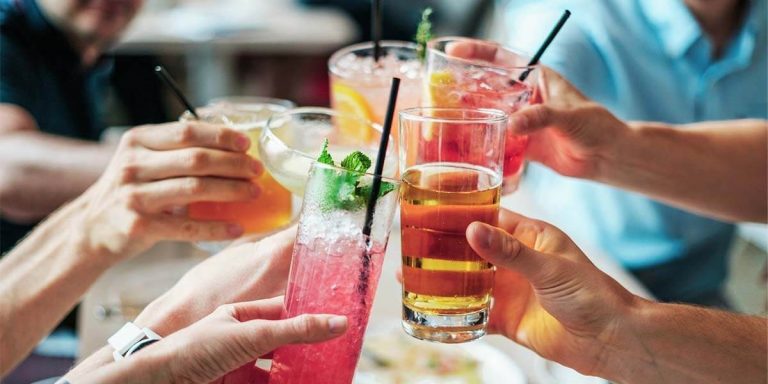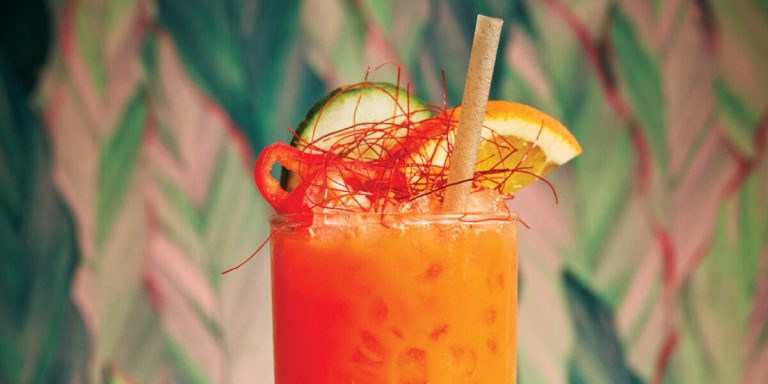10 Unexpected Ingredients That Transform Cocktails

Mixing cocktails has always been more than just a science of proportions or a showcase of techniques; it’s an art of surprise. Some of the most memorable drinks I’ve had were not because they were perfectly balanced classics but because they had something I never expected inside the glass. An unusual ingredient can completely shift a cocktail’s personality, turning it into something unforgettable. Over time, I’ve experimented with ingredients that might raise eyebrows at first but ended up delivering layers of flavor and texture I never thought possible.
Olive Oil
The idea of pouring olive oil into a cocktail might sound strange at first, but it works beautifully. A few drops or even a proper fat-wash with olive oil gives drinks a silky mouthfeel and a subtle richness that can’t be replicated by syrups or liqueurs. I’ve used it in martini variations, where the oil’s fruitiness deepens the drink’s complexity, or in whiskey cocktails where the oil smooths out the spirit’s edges. The key is balance you don’t want the cocktail swimming in oil, but just enough to create a textural contrast that makes every sip linger.
Balsamic Vinegar
This kitchen staple isn’t just for salads. A well-aged balsamic vinegar brings tangy sweetness with a touch of acidity that brightens up cocktails, particularly those based on gin or vodka. I’ve mixed it with muddled strawberries and sparkling wine for a refreshing twist, and it worked wonders. The vinegar provides an almost umami-like quality that pushes fruity cocktails into more sophisticated territory. A drop too many can overwhelm, but with restraint, it’s transformative.
Tea Leaves
Most people use tea in syrups or infusions, but dropping actual tea leaves into a shaker creates a different effect. The agitation during shaking releases volatile aromas and just a touch of tannin, which adds dryness and depth. I like using green tea leaves in citrus-heavy cocktails to keep them bright but grounded, or black tea leaves with rum for a smoky, earthy complexity. It turns a drink into a layered experience where the flavors evolve as the ice melts.
Avocado
Creaminess isn’t reserved for dairy in cocktails. Avocado, when blended or even muddled gently, creates a lush, velvety base that pairs surprisingly well with tequila and mezcal. It softens the sharpness of citrus while giving the drink a body that feels indulgent without being heavy. I once had a margarita made with avocado, lime, and jalapeño, and it completely redefined how I thought about balance between fat, heat, and acidity. It’s unconventional but unforgettable.
Black Pepper
Spices are often overlooked in cocktails, yet a simple grind of black pepper can completely change the experience. The pepper brings not only heat but also a floral sharpness that amplifies fruit flavors and complements savory notes. I enjoy using it with strawberry daiquiris or even gin-based cocktails that have herbal backbones. The trick is to crack it fresh over the top of the drink, so each sip carries that burst of aroma before it even hits the tongue.
Soy Sauce
At first thought, soy sauce in a drink sounds like a dare, but it’s surprisingly effective in adding saltiness and depth. Just a dash can create umami complexity, especially in whiskey or rum cocktails. I’ve paired it with ginger syrup and lemon to create something that feels like a hybrid between a classic sour and a savory experiment. It works because cocktails are about balance, and soy sauce delivers saltiness in a way that harmonizes with sweetness and acidity.
Beet Juice
Beets bring more than just vivid color to a drink they add earthiness and subtle sweetness that can be both grounding and refreshing. I’ve used beet juice with gin, lemon, and honey, and the result was both beautiful and complex. The earthy undertones highlight botanicals in the spirit while the sweetness smooths out any sharpness. Beyond taste, the visual impact alone makes it worth trying.
Coconut Water
Cocktails often rely on syrups or sodas for dilution, but coconut water offers something far more interesting. It lightens drinks while adding a natural sweetness and a faint nuttiness. I’ve found it works incredibly well in rum-based cocktails, adding tropical freshness without overwhelming sugar. It can also replace plain water in frozen cocktails, giving them a smoother, silkier texture that feels refreshing even after a few sips.
Hot Sauce
Heat and cocktails are a combination that more people should explore. A few dashes of hot sauce can wake up a drink in ways bitters alone cannot. Beyond the Bloody Mary, I’ve tried hot sauce in margaritas, whiskey sours, and even a tropical tiki-style concoction. The heat sharpens the palate, making the sweetness feel brighter and the acidity more pronounced. It’s an ingredient that demands careful handling but rewards those who dare.
Herbs Beyond the Usual
Mint and basil are common, but when I started experimenting with thyme, rosemary, and even sage, cocktails took on new dimensions. Rosemary torched before being placed in a glass creates an aromatic, almost smoky effect. Sage pairs well with gin and citrus, creating a savory balance that lingers. Thyme adds subtle floral notes that elevate everything from vodka tonics to gin fizzes. Fresh herbs bring fragrance, complexity, and freshness in ways bottled liqueurs simply cannot.
Why Unusual Ingredients Matter
What makes these ingredients so exciting is not just novelty. They reveal how cocktails are about more than recipes they’re about experiences. The unexpected element sparks curiosity, engages the senses differently, and creates a memory that lingers long after the glass is empty. When I add a dash of soy sauce or a hint of beet juice, I’m not just mixing a drink; I’m reshaping how the person drinking it thinks about flavor.
Experimenting With Confidence
The best part of using these unusual ingredients is the freedom they give to experiment. Not every attempt will succeed, but even failures teach something valuable about balance, aroma, and texture. The more I’ve worked with them, the more I’ve realized that cocktail innovation doesn’t come from perfection it comes from play. Trying balsamic vinegar in a spritz or adding avocado to a margarita might sound strange, but once in a while, those experiments turn into signature drinks that nobody forgets.
Conclusion
Cocktails thrive on the element of surprise, and the ten ingredients above prove just how powerful a twist can be. Olive oil, balsamic vinegar, tea leaves, avocado, black pepper, soy sauce, beet juice, coconut water, hot sauce, and unusual herbs all push drinks beyond the expected. Each one has the ability to shift texture, deepen flavor, or transform aroma, and together they show that creativity has no limits in a glass. I’ve learned that the most exciting drinks don’t just follow tradition; they bend it, break it, and rebuild it into something new. That’s where the magic lies right at the edge of what we expect, waiting to be discovered.






